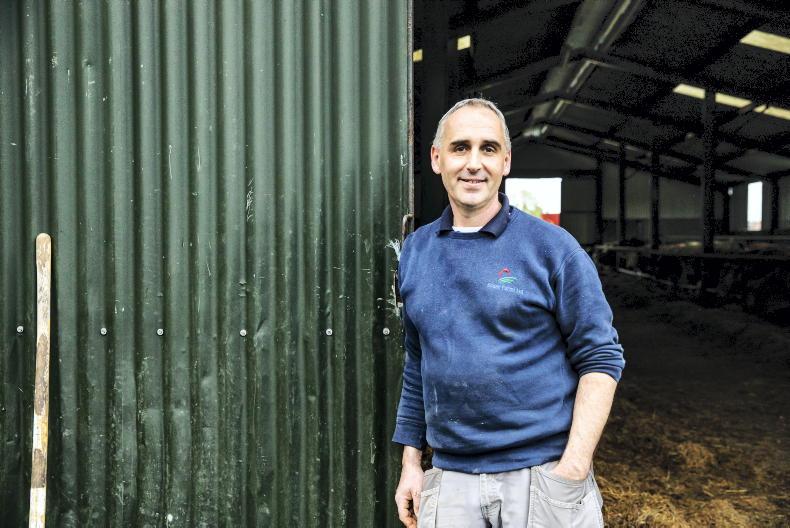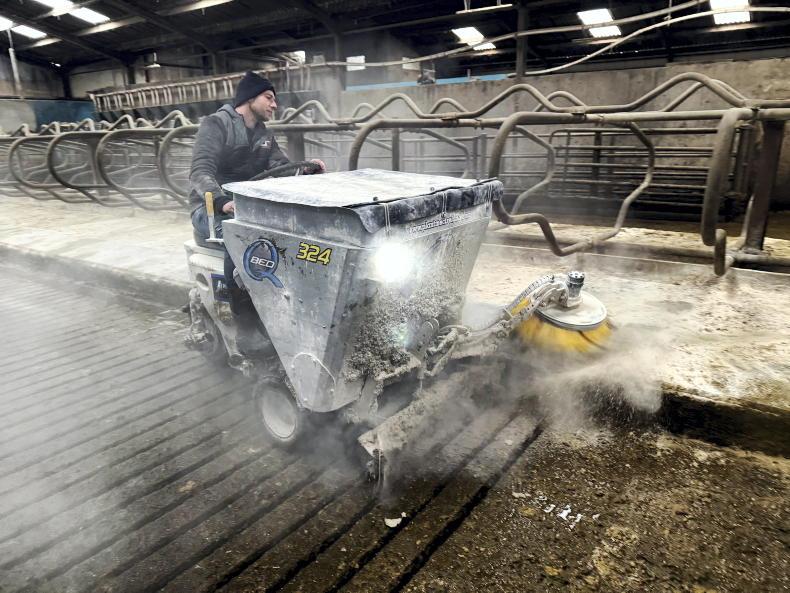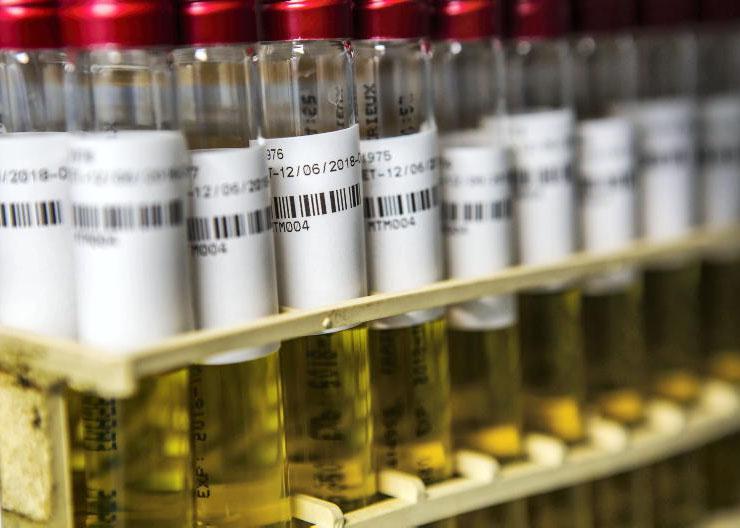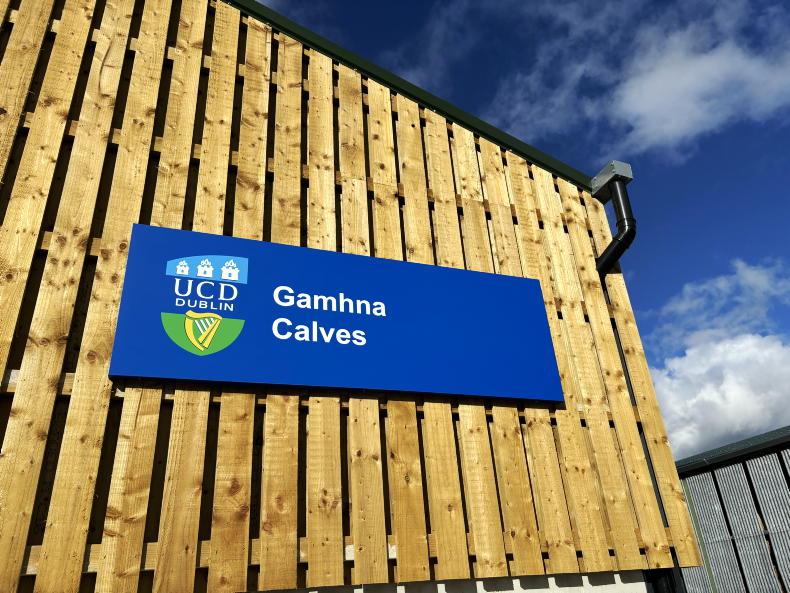The range of different sources of water used on poultry farms helps ensure NI is an “extremely challenging place for variability in water quality”, a leading poultry vet has claimed.
Addressing a conference in Cookstown last Wednesday evening, Aonghus Lane from St David’s Poultry Team highlighted how an egg is 75% water and laying hens will drink 1.8 times more water than the feed they eat.
“Birds have a desire for water – they will drink it no matter what,” said Lane, who urged producers not to end up in a situation where their chickens become an expensive filter of water on their farm.
When things start to go wrong with a crop of birds, he said that the feed and nutritionist often gets blamed first, followed by the vet.
But if water quality is low, it leads to reduced performance and potentially increased mortality.
“It can tip the bird over the edge,” said Lane.
He urged producers to regularly test their water and while the supply coming into the farm might be clean, it is the quality at the point the bird consumes water that is important.
Water systems must have breather pipes to function and this allows in bacteria and dust. Biofilm can build-up inside the system and this biofilm harbours bacteria, parasites and viruses, said Lane.
Quality tests also look at the chemistry of the water and there is a wide range in the mineral make-up of water in NI. In some areas, water is high in iron and this will promote bacterial growth, confirmed Lane.
Where water is contaminated, he outlined two main options based on using either hydrogen peroxide or chlorine dioxide products.
A chlorine dioxide system uses significantly less chemical, so costs less per bird, but the system is more expensive to install, said Lane.
Laying hens now have the genetic potential to maintain production well beyond the typical industry standard of 76 weeks and if managed correctly, it brings significant financial benefits, confirmed St David’s vet Dana Simpson.
She said an increasing number of clients are now looking to extend the laying cycle beyond 87 weeks and gave the example of a free-range flock depleted at 105 weeks which produced 529.3 eggs per bird housed, with total mortality at 6.25%.
To achieve that, attention to detail is important around bird environment and nutrition, as well as flock health planning. St David’s has developed a range of in-feed nutraceuticals (products which supplement the diet while also treating or preventing disease) to be used in the rearing stage, as well as where birds face an intestinal challenge or are later in lay.
New poultry sheds caught in planning
Also speaking at the St David’s Poultry Team conference was David McMeekin, who runs his own planning consultancy, Revelins Hill Design.
He told farmers present that new technologies could provide solutions which ultimately will allow on-farm development, but at present there is little hope of a successful planning application. The key issue remains ammonia emissions from livestock housing.
To get through planning, the cost is now “comfortably” in the range of £15,000 to £20,000.
“If you have a habitat within 7.5km that has lichens and mosses – it won’t pass – save your money,” he suggested.
Since December 2023, DAERA is no longer relying on published standing advice relating to ammonia emissions when providing statutory advice to planners. Instead, applications are being assessed on a case-by-case basis. In the original standing advice, any new development that contributes less than 1% of the critical load for ammonia emissions at an environmental site is acceptable. However, since December 2023, the Department is now using what it terms “a nugatory 0.08% threshold” to inform its response to planners.
“Very few sites are going to get to an acceptable level, so it’s a break in development,” said McMeekin.









SHARING OPTIONS